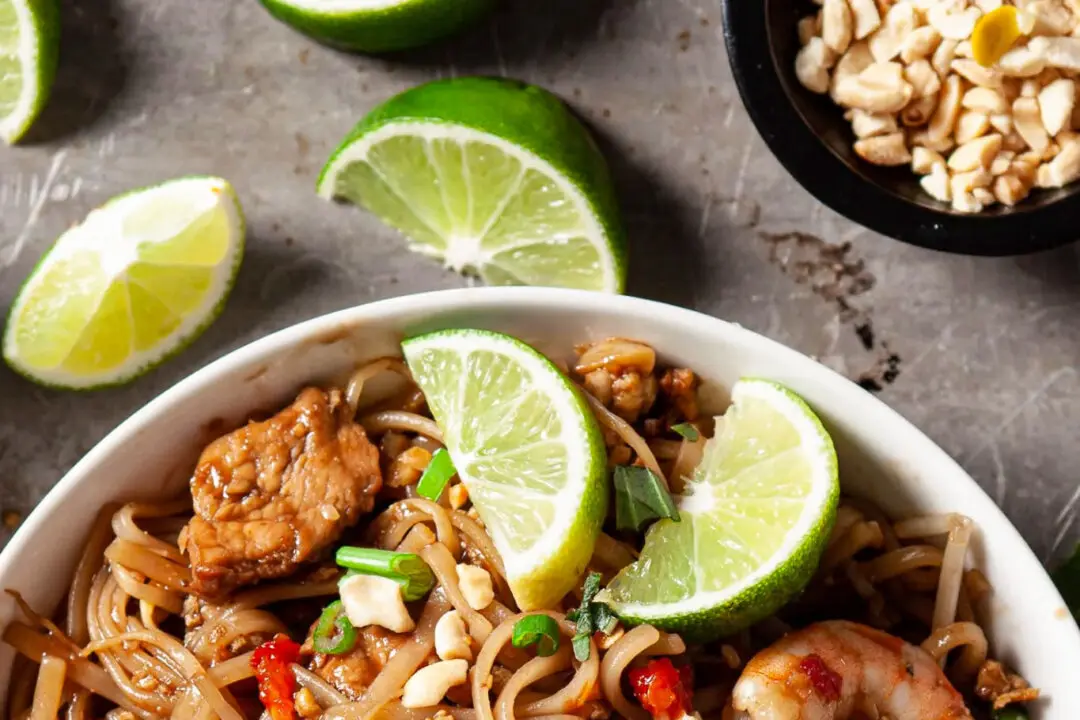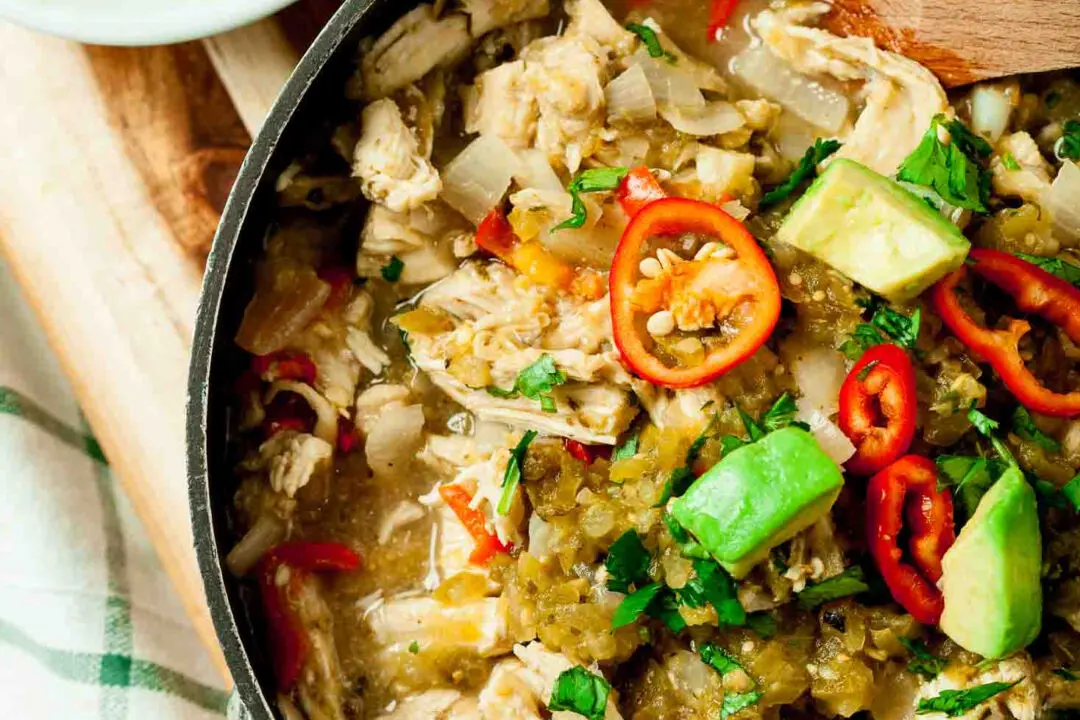What Is Lo Mein?
You’ve seen lo mein on Chinese restaurant menus, and it may even be a regular takeout choice of yours. You know it tastes incredible, but what actually qualifies as lo mein?What’s The Difference Between Chow Mein And Lo Mein?
- The main difference between these delicious takeout favorites is in the preparation. Both dishes use Chinese egg noodles, and both are typically tossed with similar proteins and vegetables.
- Though chow mein can be made Cantonese-style with a bit of crunch to the noodles, lo mein aims solely for a soft and chewy texture.
- Chow mein is all about stir-frying everything together in a wok or pan. Lo mein’s star focus is the savory sauce, which is gently tossed together with chewy noodles.
- Here’s our easy chicken chow mein recipe, which can be made with or without the chicken.

Lo Mein Protein Options
This Lo Mein Recipe is deliciously simple and quick. Just stir up the succulent sauce. Toss together with your choice of noodles and you’re in business. Homemade is always better than takeout.
The below lo mein recipe is vegetarian, but it’s easily customizable. Feel free to pair your tasty lo mein with a favorite protein and you’ve got a nutritious, delicious meal in no time. Super fast protein ideas you can easily add straight into your lo mein include sauté shrimp, shredded chicken (rotisserie works great,) or chopped ham straight from the deli counter.
If you keep your lo mein meatless, try sprinkling in sesame seeds or chopped roasted peanuts or cashews on the finished dish for some healthy protein.
In less than 30 minutes, you’ve just become a dinner rock star. Plus zilch elbow grease. And if you’re lucky, you’ve got lunch or dinner set for tomorrow.

Lo Mein: Common Questions And Answers
Where can I buy lo mein noodles?Fresh lo mein noodles can be found in most Asian grocery stores. If you can’t find them or don’t live near an Asian grocery store, you can use dry spaghetti or linguine noodles.
Are lo mein noodles gluten-free?Lo mein noodles are not gluten-free. The fresh egg noodles also typically have wheat flour in them. For gluten-free noodles, try rice noodles like what we use in Thai Stir Fry Noodles (Pad See Ew)
Can I freeze leftover lo mein?We don’t recommend freezing cooked lo mein (nor any cooked noodles) as freezing tends to alter the texture. Instead, leftover lo mein keeps well in the fridge and can easily be reheated on stovetop or in the microwave.
More Noodles To Eat:
- Chicken Chow Mein: How to Stir Fry Noodles
- Thai Stir Fry Noodles – Pad See Ew
- Taiwanese Beef Noodle Bowl (Gluten-free)
- Asian Cold Sesame Noodles (Nut Free)
- Dan-Dan Noodles (Mein)
Try This Easy Thai Fried Rice, Too.
Lo Mein Noodles
Prep Time: 15 mins Cook Time: 10 mins Total Time: 25 mins Servings: 5- 4 TB Tamari sauce
- 1 TB mirin
- 1 TB granulated sugar
- 1 TB pure Asian sesame oil
- ¼ tsp freshly ground black pepper
- 8 oz fresh Asian style noodles, or spaghetti/linguine, if you can’t find the fresh noodles
- 2 TB pure Asian sesame oil
- 2 TB olive oil
- 1 onion, thinly sliced
- 6 cloves garlic, minced
- 1 ½ cups matchstick carrots, pre-cut from store
- 1 ½ cups bell pepper, seeded and roughly chopped
- thinly sliced green onions, toasted sesame seeds, sriracha
Fill pot with generously salted water, and cook your choice of noodles according to package instructions to al dente (be sure not to over-cook.) Drain well and toss with 2 TB Asian sesame oil; set aside.
While noodles are cooking, prepare the rest of the dish: In a bowl, whisk together all sauce ingredients. Set sauce aside. Heat 2 TB olive oil in a large, deep skillet or wok. Once oil is hot, add onions and garlic, stirring 2 minutes until fragrant. Add carrots and bell peppers, stirring 3-4 minutes or until softened.
Add the cooked/drained noodles into the skillet. Pour your prepared sauce evenly over the noodles, tossing gently to coat all ingredients thoroughly. Serve warm, with your choice of garnish.
Mirin is a sweet, rice-based seasoning that can be found in the Asian section of many major grocery stores. Note that mirin is not the same thing as rice wine or rice vinegar.
Pure Asian sesame oil is much more rich, dark, and aromatic than regular sesame oil. It can often be found in major grocery stores.
Variations: switch up the veggies with fresh bean sprouts, broccoli florets, sliced mushrooms, or thinly sliced napa cabbage. Or, add sauté shrimp, cooked/shredded chicken, or diced ham for protein.
Serving: 1g | Calories: 145kcal | Carbohydrates: 24g | Protein: 1g | Fat: 5g | Saturated Fat: 1g | Polyunsaturated Fat: 1g | Monounsaturated Fat: 3g | Sodium: 292mg | Potassium: 142mg | Fiber: 1g | Sugar: 17g | Vitamin A: 1401IU | Vitamin C: 60mg | Calcium: 15mg | Iron: 0.3mg






